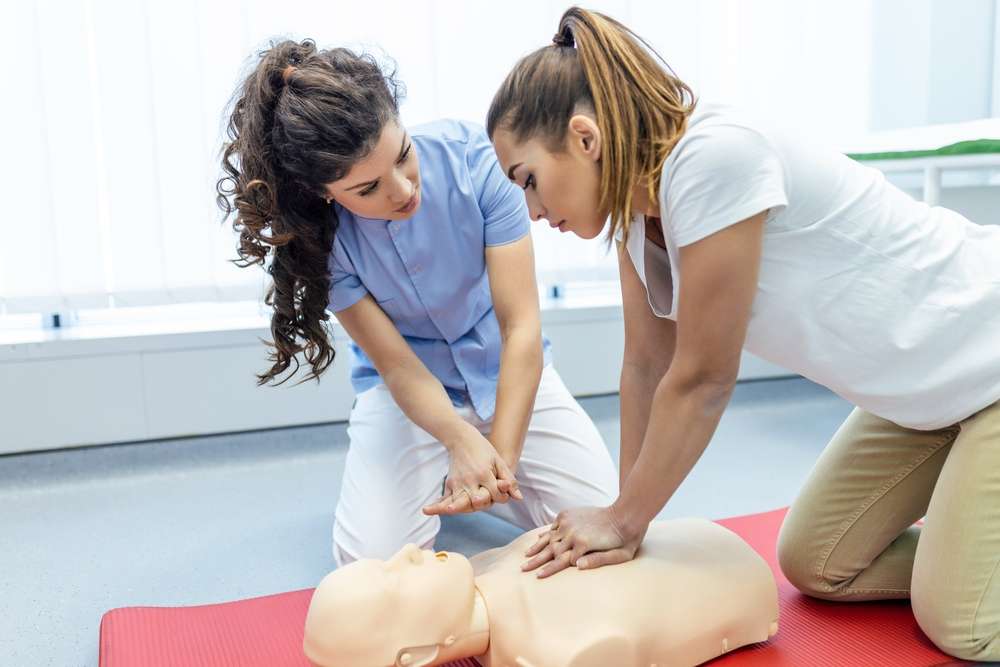Become a Medical Assistant: Training & Career Path
Medical assistant training prepares students with the clinical and administrative skills needed to support providers and patients across healthcare settings. Learn about program lengths, core competencies, job prospects, and training options—from certificates to associate degrees—to launch a rewarding healthcare career with strong job growth.

Become a Medical Assistant: Training & Career Path
Medical assistants fill a vital role in healthcare by combining clinical tasks with administrative support. Training programs teach practical skills and medical knowledge that enable graduates to work efficiently in clinics, hospitals, and specialty practices. Below is an organized guide to program lengths, career opportunities, essential competencies, and program formats to help you decide if this career is the right fit.
How long does medical assistant training take?
Program length varies by credential and school. Most certificate or diploma tracks focus on core hands-on skills and run about 9 to 12 months for full-time students. Associate degree programs, typically offered by community colleges and technical schools, take roughly two years and include broader general education and deeper clinical study. A few accelerated or intensive certificate options promote completion in as little as six months, but expect a faster pace and heavier workload in those formats. Longer programs often provide expanded instruction, additional clinical hours, or opportunities to earn specialty certifications that can improve employment prospects.
Job outlook and career opportunities
The demand for medical assistants is strong and growing. The U.S. Bureau of Labor Statistics projects about 16% employment growth for medical assistants from 2021 to 2031, a rate well above the average for all occupations. Rising demand is linked to an aging population, greater emphasis on preventive care, and expansion of outpatient services. Trained medical assistants can find work in diverse settings: primary care offices, outpatient clinics, hospitals, ambulatory care centers, and specialized practices such as ophthalmology or podiatry. With experience and additional credentials, medical assistants can pursue supervisory roles, clinical specialties, or related healthcare positions.
Essential skills and qualities developed during training
Effective medical assistants combine technical competence with strong people skills. Training programs build a foundation in clinical tasks—taking vitals, performing basic lab tests, preparing patients for exams, and assisting during procedures—alongside administrative duties like scheduling, billing, and managing medical records. Successful candidates also develop:
- Attention to detail and accurate documentation skills
- Ability to multitask and prioritize under busy conditions
- Clear, compassionate communication when interacting with patients and providers
- Critical thinking and problem-solving for routine clinical decisions
- Comfort with healthcare technology, including electronic health records (EHRs) and digital communication tools
Empathy, patience, and professionalism are emphasized because medical assistants frequently support patients who may be anxious or in pain.
How medical assistant training strengthens the healthcare system
Well-trained medical assistants increase clinic efficiency and improve the patient experience. By handling routine clinical procedures, intake, and administrative work, they free physicians and nurses to focus on complex care. This distribution of tasks helps reduce wait times, streamline patient flow, and maintain accurate records—factors that contribute to better outcomes and higher patient satisfaction. Their versatility also allows practices to adapt to changing workflows and adopt new technologies more smoothly.
Training program options and estimated costs
| Program Type | Typical Provider | Key Features | Cost Estimation |
|---|---|---|---|
| Certificate / Diploma | Community colleges, vocational schools | Shorter, skills-focused; clinical lab practice | $2,500 - $10,000 |
| Associate Degree | Community colleges, technical schools | More comprehensive curriculum; general education credits | $10,000 - $30,000 |
| Online Programs | Accredited online institutions | Flexible pacing; remote coursework with local clinical placements | $3,000 - $15,000 |
| Hybrid Programs | Universities with blended learning | Mix of online theory and in-person labs/externships | $5,000 - $20,000 |
Prices, rates, or cost estimates mentioned in this article are based on the latest available information but may change over time. Independent research is advised before making financial decisions.
Choosing the right program for you
When selecting a program, consider your timeline, budget, and career goals. If you want to enter the workforce quickly, a certificate program may be the fastest route. If you plan to pursue additional education or prefer a broader academic experience, an associate degree offers more credits and a deeper curriculum. For students needing flexibility, accredited online or hybrid programs combine remote coursework with local clinical placements. Verify program accreditation, clinical hour requirements, externship opportunities, and whether the curriculum prepares you for industry certifications that can boost employability.
Speak with admissions counselors, visit campuses when possible, and review job placement rates and employer partnerships. Also weigh practical factors like schedule, commute, and financial aid options.
Final thoughts
Medical assistant training provides a practical pathway into healthcare, equipping students with a mix of clinical and administrative skills that are in growing demand. Whether you choose a short certificate or a two-year associate degree, the education you receive will prepare you to support healthcare teams, improve patient experiences, and build a stable career with opportunities to specialize or advance. With a strong job outlook and meaningful daily impact on patient care, becoming a medical assistant is an attractive option for those who want to start a healthcare career promptly.
This article is for informational purposes only and should not be considered medical advice. Please consult a qualified healthcare professional for personalized guidance and treatment.






